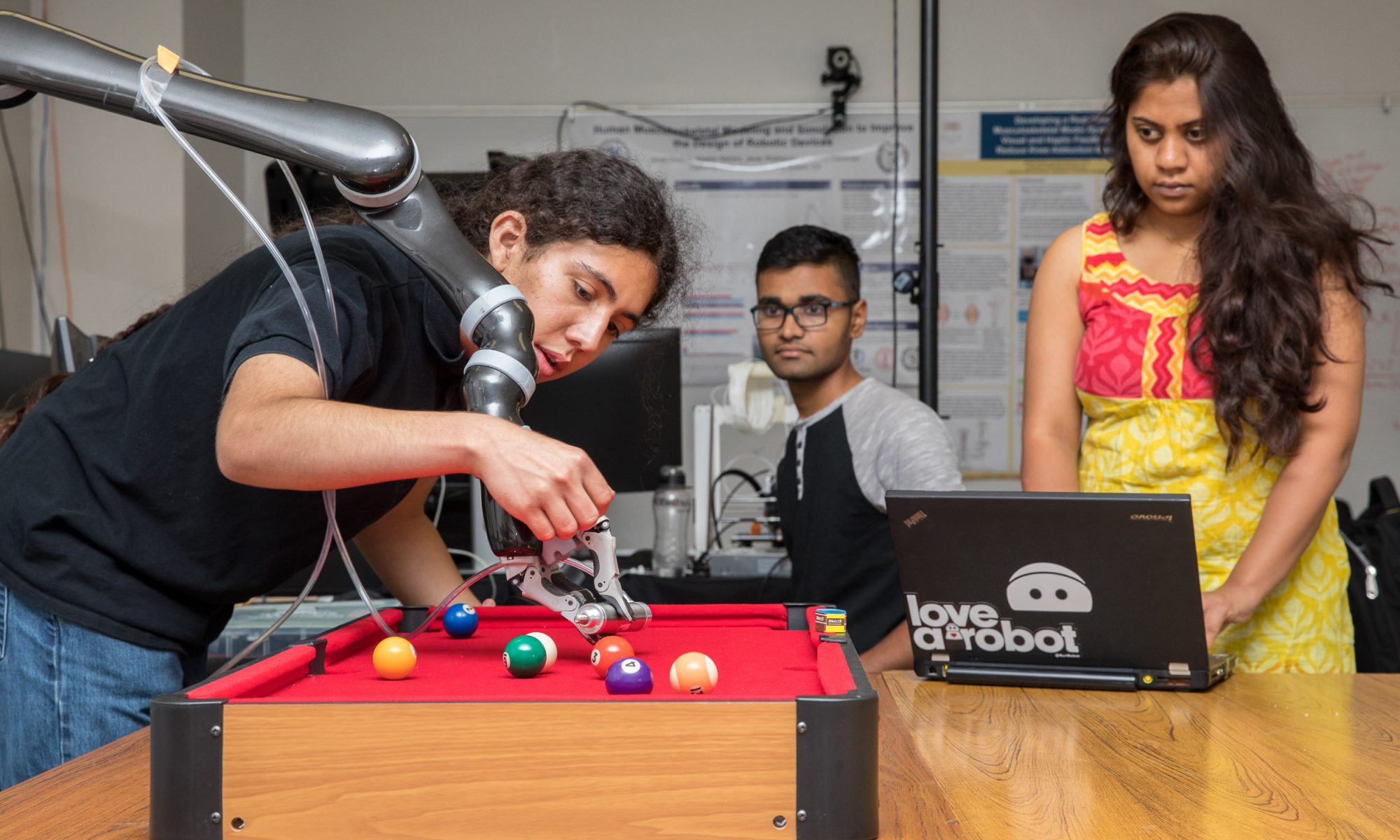California State University Long Beach’s research partnership with the Southern California Gas Co. is the proverbial win-win. The utility suggests topics and provides financial support, CSULB engineering students conduct research, and at the end of the year, Southern California Gas Co. receives answers to pressing questions. Students, meanwhile, gain valuable experience and a shot at a job with the nation’s largest natural gas distribution utility.
The 3-year-old CSULB program is led by Rodger R. Schwecke, the Gas Co.’s Vice President of Customer Solutions. Schwecke, a 1983 B.S. in chemical engineering graduate, oversees major customer-related activities for SoCalGas, including account executives, customer communications and eservices. He is also responsible for customer programs promoting energy efficiency, sustainability, low-income assistance and the development of new emerging technologies, including clean transportation, distributed energy, in-home services and biofuels.
Before being promoted, Schwecke was Director of Storage, managing underground storage field operations, and Director of Energy Markets and Capacity Products, leading development, marketing, capacity, and regulation of pipeline and storage assets.
He serves on the boards of NGVAmerica, the Discovery Science Center, the Orange County Business Council and the UCLA Extension Global Sustainability Certificate Program.
Under the CSULB program, 20 CSULB chemical engineering and mechanical and aerospace engineering students are chosen each year to work on Gas Co. research projects in satisfaction of their senior design project requirement. The Gas Co. provides funding for each project, plus a $1,000 scholarship for each student.
“We have a very good relationship with our customer,” said CSULB Mechanical and Aerospace Engineering professor Parviz Yavari, the program’s team leader. “This is very good for our school.”
The 20 students selected are divided into four or five teams. They begin with a concept, conduct a literature survey, consider how to approach the project, and also carry out design, development, and fabrication.
The projects are very challenging, which keeps the number of student applicants low. In exchange for the challenge, said Yavari, students have an impressive project to serve as “a highlight of their resumes.”

